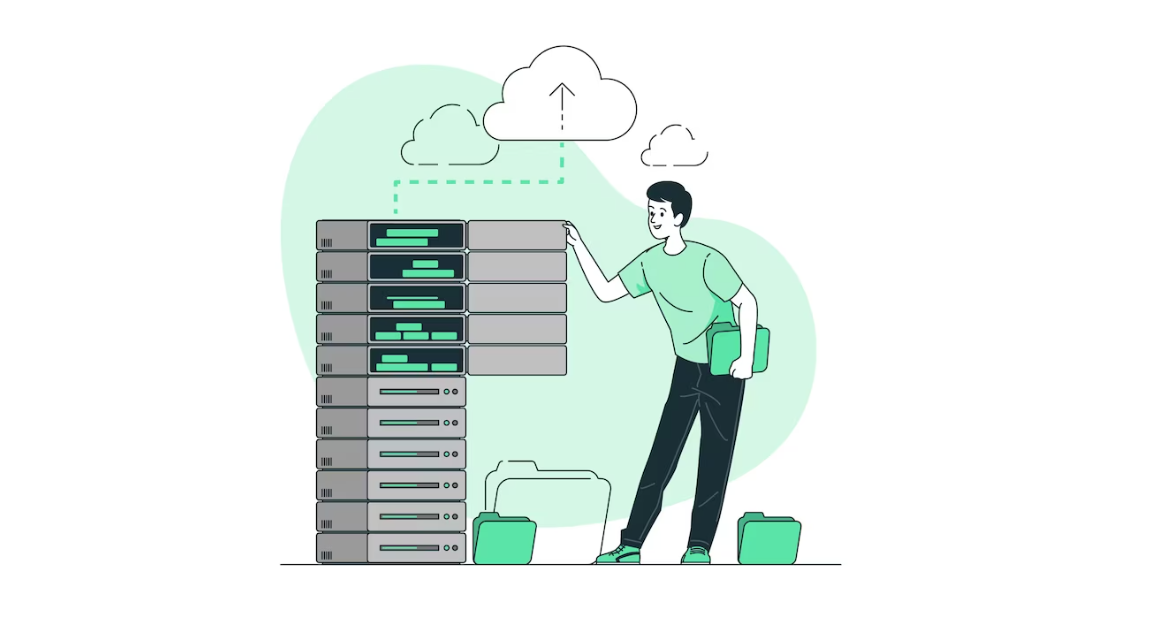Comparing Document and Relational Databases: Key Differences
Embark on a comprehensive and detailed journey to uncover the substantial distinctions that set document and relational databases apart. This thorough examination delves into a diverse array of facets, encompassing data models, querying capabilities, scalability potentials, user-friendliness, and a myriad of application scenarios. Through a meticulous comparative analysis, you can amass the valuable insights necessary to make well-informed decisions that seamlessly align with the distinctive needs and demands of your specific application context.
What is a Document Database?
A document database, also referred to as a document-oriented database, belongs to the NoSQL realm and adopts a unique approach to data storage when contrasted with conventional relational systems. Rather than relying on tables with rows and columns, it opts to store information in the form of documents. These documents have the flexibility to assume various formats, including:
- JSON;
- BSON;
- XML.
Document databases often incorporate nested data structures within their storage framework, a feature that contributes to the streamlined storage and retrieval of complex and interconnected data. This capability proves especially beneficial when dealing with semi-structured data, which is prevalent in the context of web and mobile applications. The versatility of their schema, which can adapt dynamically, adds to their appeal. These databases excel in terms of performance, providing efficient data handling. However, it’s worth noting that their querying capabilities might be more restricted when compared to the robust querying mechanisms of relational databases. Additionally, document databases may encounter challenges in maintaining data consistency and validation, requiring careful attention to ensure data integrity across the database.
What is a Relational Database?
- A relational database serves as a distinct category within the realm of database management systems, orchestrating the arrangement of data into structured tables featuring rows and columns.
- These tables are intricately linked through a web of keys and constraints, facilitating the formulation of complex queries and establishment of intricate data relationships.
- The most widely recognized breed of relational databases is SQL databases, which employ a specialized language called SQL to interact with the database.
In the realm of relational databases, data is systematically distributed across a multitude of tables, strategically designed to eliminate any trace of redundancy while significantly elevating the integrity of the data. These tables are interlinked through the strategic utilization of foreign keys, forging connections that amplify the efficiency of data retrieval and management. The essence of relational databases lies in their formidable querying prowess, underpinned by a robust infrastructure that facilitates not only data validation but also meticulous data integrity maintenance.

However, it’s worth noting that while relational databases bring substantial advantages, they might necessitate a more comprehensive understanding due to their intricacies. The learning curve associated with their operation could be relatively steeper, often requiring a certain level of expertise to extract their full potential. Additionally, their innate flexibility might not be as extensive as that offered by document databases, especially when dealing with unstructured or semi-structured data, where the latter tends to excel.
Comparison: Document Database vs. Relational Database
While both document and relational databases fall within the realm of database types, they exhibit notable distinctions:
| Aspect | Document Database | Relational Database |
|---|---|---|
| Data Model | Stores data as documents with flexible structures, including nested data. | Stores data in fixed-schema tables with rows and columns, preventing data redundancy. |
| Querying | Limited querying, especially complex multi-table joins. | Employs powerful SQL for intricate data retrieval and multi-table joins. |
| Data Validation | Some lack built-in data validation, affecting consistency. | Strong data validation ensures data integrity and consistency. |
| Scalability | Horizontally scalable, handles significant data and users. | Can be horizontally scalable but more complex than document databases. |
| Ease of Use | Many offer user-friendly APIs for easy integration. | Often demands greater expertise and has a steeper learning curve. |
| Use Cases | Ideal for semi-structured/unstructured data and nested structures like JSON/XML. | Suited for structured data, intricate queries, and robust data integrity. |
Conclusion
Document and relational databases each offer unique strengths and weaknesses. Your decision on which to utilize should align with the distinct requirements of your application.






Leave a Reply